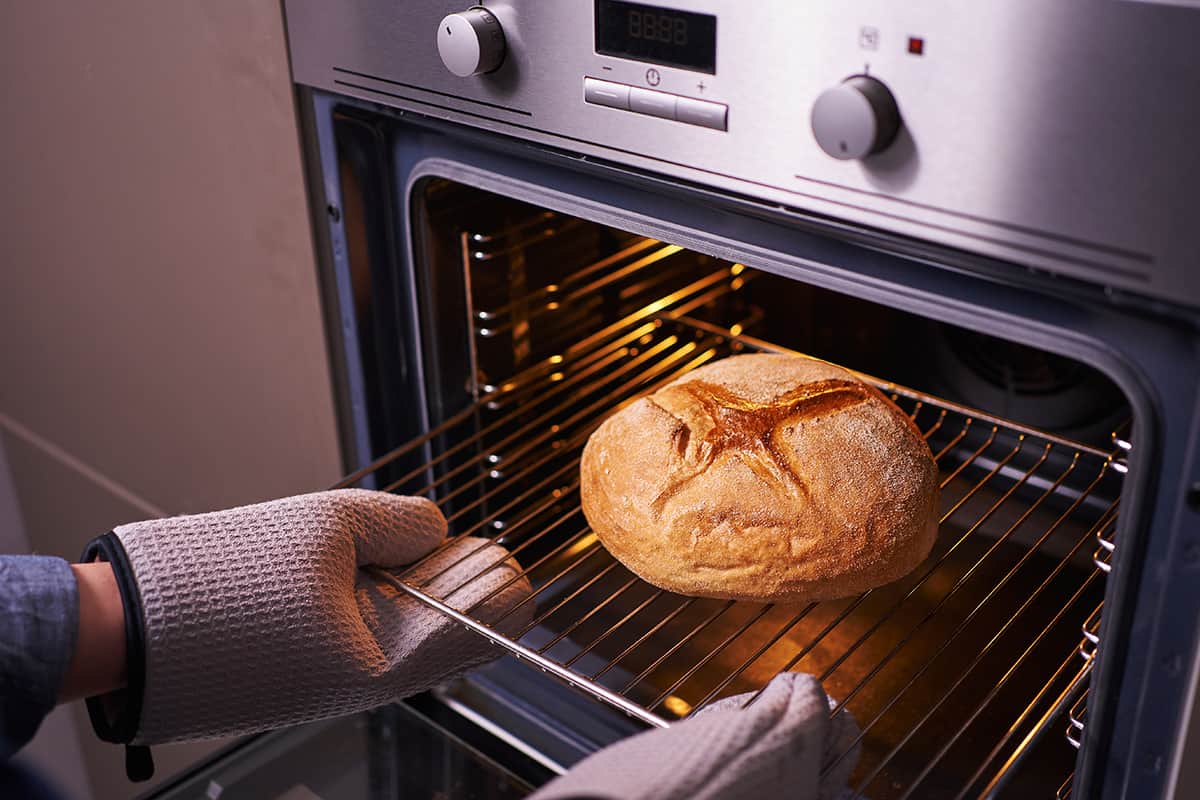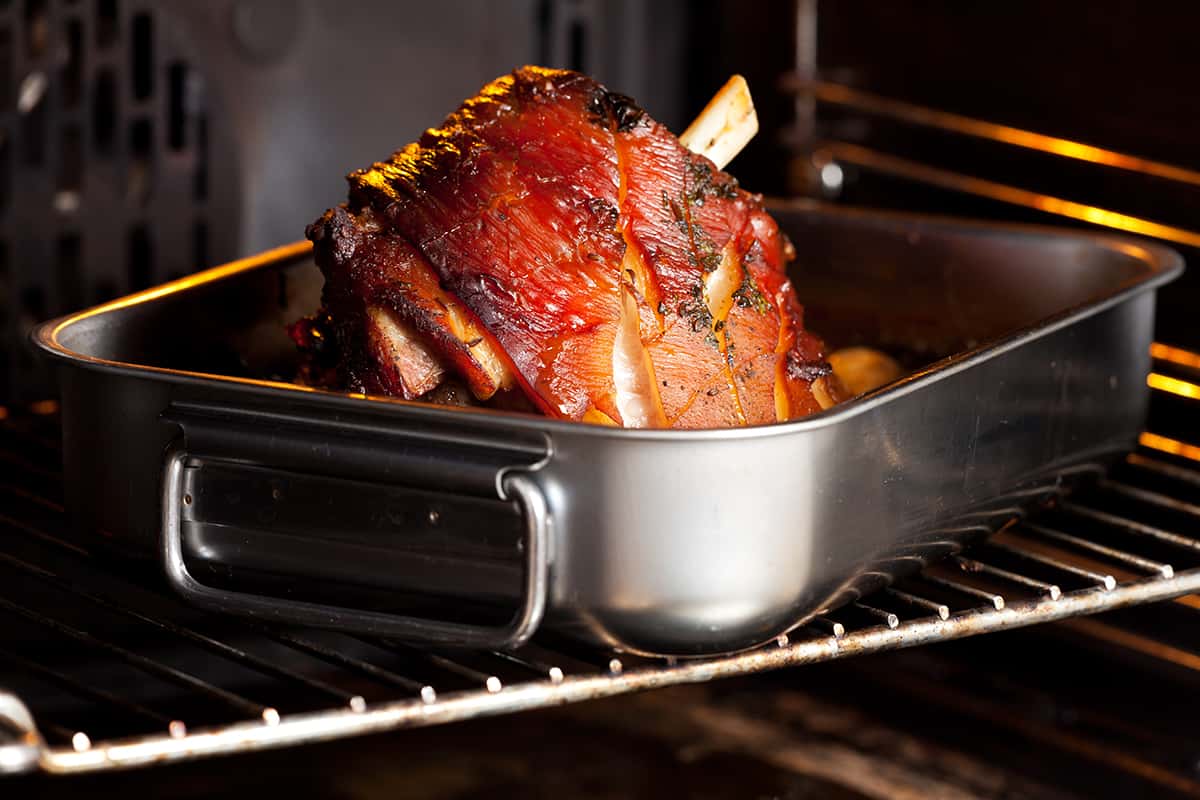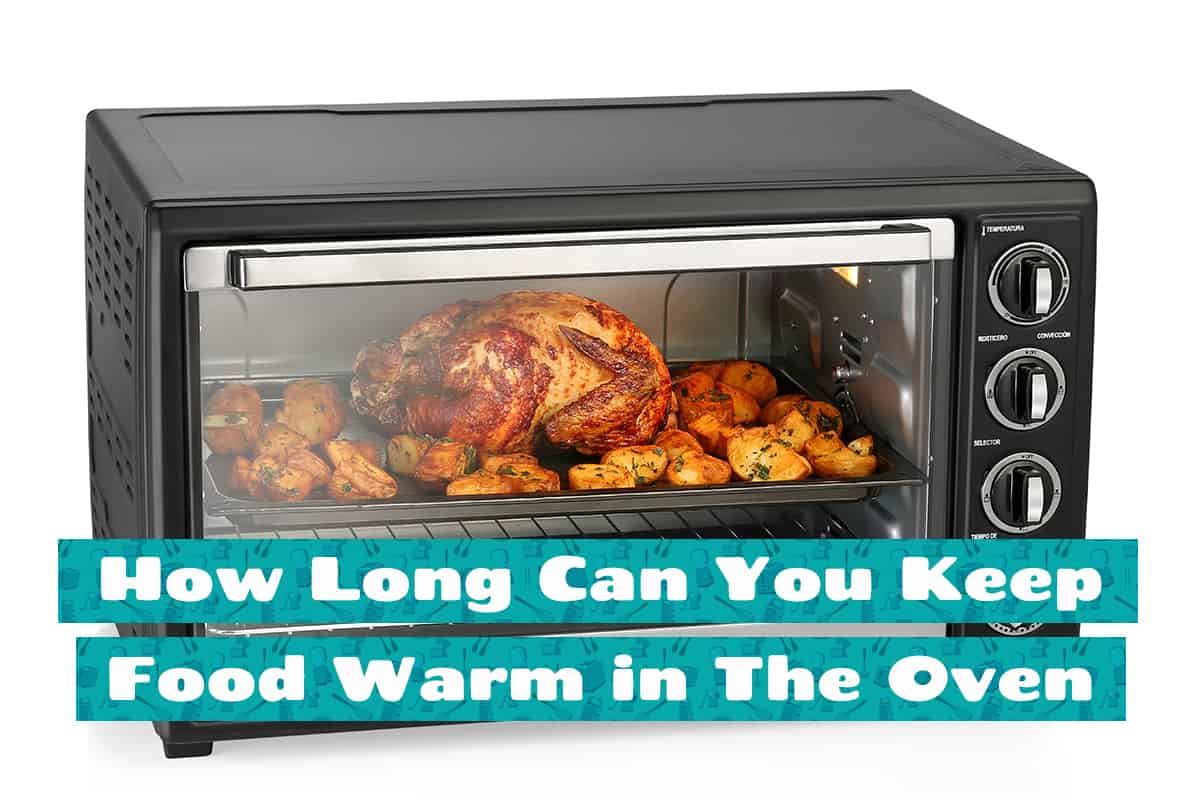You’ve probably seen people in movies or TV shows keeping food in an active oven even after it’s done baking. This is done to keep the food warm prior to warming. But how long can you leave your food in the oven before it’s too late?
You can keep food warm in your oven for between 30 minutes and 2 hours.
- Meats and Poultry: Up to 2 hours at 140°F (60°C)
- Vegetables and Sides: Up to 1 hour at 140°F (60°C)
- Baked Goods: Up to 30 minutes at 200°F (93°C)
In this article, we will explore the different aspects of keeping food warm in various types of ovens, the principles behind it, and tips for doing this safely.
Understanding Your Oven

One of the main appliances in any kitchen is the oven. While central to any kitchen setup, have you ever sat down and pondered about this device you may use almost every day?
Types of Ovens
Conventional ovens are found in many households and work by heating elements located at the top and bottom. They provide steady heat and are great for roasting and baking. However, they can have hot spots, so proper placement of food is vital.
- Temperature Range: Usually ranges from 100°F to 550°F.
- Usage: Suitable for baking, broiling, and roasting.
Unlike conventional ovens, convection ovens have a fan that circulates hot air, allowing for even cooking and efficient warmth distribution. This type reduces cooking time and is perfect for multi-rack cooking.
- Temperature Range: Typically from 100°F to 500°F.
- Usage: Ideal for baking cookies, roasting meats, and reheating food.
Microwave ovens utilize microwave radiation to heat food quickly. They are mainly used for reheating or defrosting but can also cook specific dishes.
- Temperature Range: Varies based on power level.
- Usage: Suitable for reheating, defrosting, and quick cooking.
Oven Temperature Control
Different ovens have different temperature ranges, and understanding these is crucial for precise cooking. Here’s a quick guide:
- Low (100°F to 200°F): For warming food or slow cooking.
- Medium (300°F to 400°F): For baking or roasting vegetables.
- High (400°F to 550°F): For broiling or high-heat roasting.
Keeping Food Warm: How Long Is Too Long?
Keeping food warm in the oven is a common practice, especially when entertaining guests or managing a busy family schedule. But how long can you keep food warm without sacrificing quality, texture, or, most importantly, safety?
The Science Behind Keeping Food Warm
There are a few basic principles you need to understand regarding keeping food warm in your oven.
Heat retention in food varies based on its properties. Foods with high fat and moisture content, such as meats and casseroles, retain heat well, while items like bread can become dry.
Overexposure to heat, even at low temperatures, can reduce the amount of moisture in your food. Moisture plays a critical role in keeping food warm. Moisture retention techniques, such as covering the food, can prevent drying out, while excessive moisture in high-water-content foods may make them soggy.
Safety Considerations
Food must be kept at or above 140°F (60°C) to inhibit bacterial growth. If food remains below this temperature for more than two hours, harmful bacteria can multiply. Moreover, prolonged warming can reduce nutritional values, breaking down vitamins and minerals, and altering protein quality.
How Long Is Too Long?
How long you can keep food warm in the oven depends on various factors, such as the food type, moisture content, temperature setting, and safety considerations. Generally:
- Meats and Poultry can be kept warm for up to 2 hours at 140°F (60°C).
- Vegetables and Side Dishes are best within 1 hour at 140°F (60°C).
- Baked Goods should not exceed 30 minutes at 200°F (93°C).
These are broad guidelines, and individual circumstances may vary. A food thermometer and sensory checks can help in maintaining quality and safety when warming foods in the oven.
The Art of Warming Different Foods

Warming food in the oven is more than just setting the temperature and waiting. It’s an art that varies with the type of food and the desired results.
Meats and Poultry
Reheating meats and poultry requires attention to detail to preserve moisture and flavor.
- Temperature Guidelines: Warm at 140°F (60°C) for up to 2 hours.
- Covering: Tenting your food in an aluminum foil tent can help retain moisture.
- Adding Liquids: A splash of broth or water can prevent drying.
- Thermometer Check: Monitoring internal temperature ensures safety.
Vegetables and Side Dishes
Vegetables and side dishes need careful handling to maintain texture.
- Temperature Guidelines: 140°F (60°C) for up to 1 hour is ideal.
- Steaming Method: Steaming can revive the freshness of vegetables.
- Sauces and Seasoning: Re-season if necessary, as flavors may diminish.
Seafood
Seafood requires delicate warming to avoid overcooking.
- Temperature Guidelines: A lower temperature of 275°F (135°C) for 10-15 minutes.
- Moisture Control: Using butter or a marinade can keep seafood tender.
- Avoid Microwaving: Microwaving seafood can cause uneven cooking.
Pasta and Grain Dishes
Reviving pasta and grain dishes to their original glory is achievable with proper methods.
- Temperature Guidelines: Reheat at 350°F (175°C) for 20 minutes.
- Adding Liquid: A touch of water, sauce, or oil helps restore moisture.
- Stirring Midway: Stirring helps in even warming.
Soups and Stews
Soups and stews can be brought back to life with careful re-warming.
- Temperature Guidelines: Warm at 200°F (93°C) until heated through.
- Stirring Often: Regular stirring prevents sticking and burning.
- Add Fresh Herbs: Fresh herbs can lift the flavors.
Frozen Foods
Warming frozen foods presents another set of considerations due to low starting temperatures.
- Thawing First: Thawing in the refrigerator or at room temperature is best.
- Temperature Guidelines: Follow the package instructions or warm at 350°F (175°C).
- Covering: Covering frozen food helps in even heating.
Tips and Tricks
If you’re thinking of using your oven for more than just warming up food, here are a few tips for you to follow:
- Utilizing the oven racks and positions can greatly affect the warming results.
- The top rack is ideal for crisping and browning, the middle for even heat distribution, and the bottom for gentle warming.
- Use oven mitts to move racks.
- Foods can easily dry out in the oven, but methods like wrapping in aluminum foil or parchment paper, using a water bath, or rehydrating with broth can be beneficial.
- If you want to keep the food crispy, avoid covering foods like fries and pastries, use a baking rack to allow air circulation, and briefly warm at a higher temperature.
- Energy-saving tips include not over-preheating, using glass or ceramic dishes for better heat retention, and keeping the oven door closed to maintain the temperature.
- Handling leftovers requires proper techniques such as thawing in the refrigerator first, warming to at least 165°F (75°C), and stirring occasionally for even heating.
- Simultaneously warming multiple dishes requires coordination of temperatures, use of different oven racks, and rotating dishes. Unless you know what you’re doing, only warm one dish at a time or do it in batches based on the temperature guidelines provided above.
- If your oven offers special features like a warming drawer, convection mode, or automatic timers, these can be used for various warming benefits.
FAQs
1. What is the ideal temperature for keeping food warm?
The ideal temperature for keeping food warm in the oven varies based on the type of food, but a general guideline is to set the oven to a low-temperature range of 140°F to 200°F (60°C to 93°C). This ensures that the food stays warm without drying out or overcooking. Some ovens may even have a specific “keep warm” setting designed for this purpose.
2. Is it safe to leave food in the oven overnight?
Do not do this—not just because you’re sacrificing flavor and texture but because of fire risks. Instead, bake ahead, allow the food to come to room temperature, and leave it in the fridge overnight. You can reheat it in the oven the following day.






